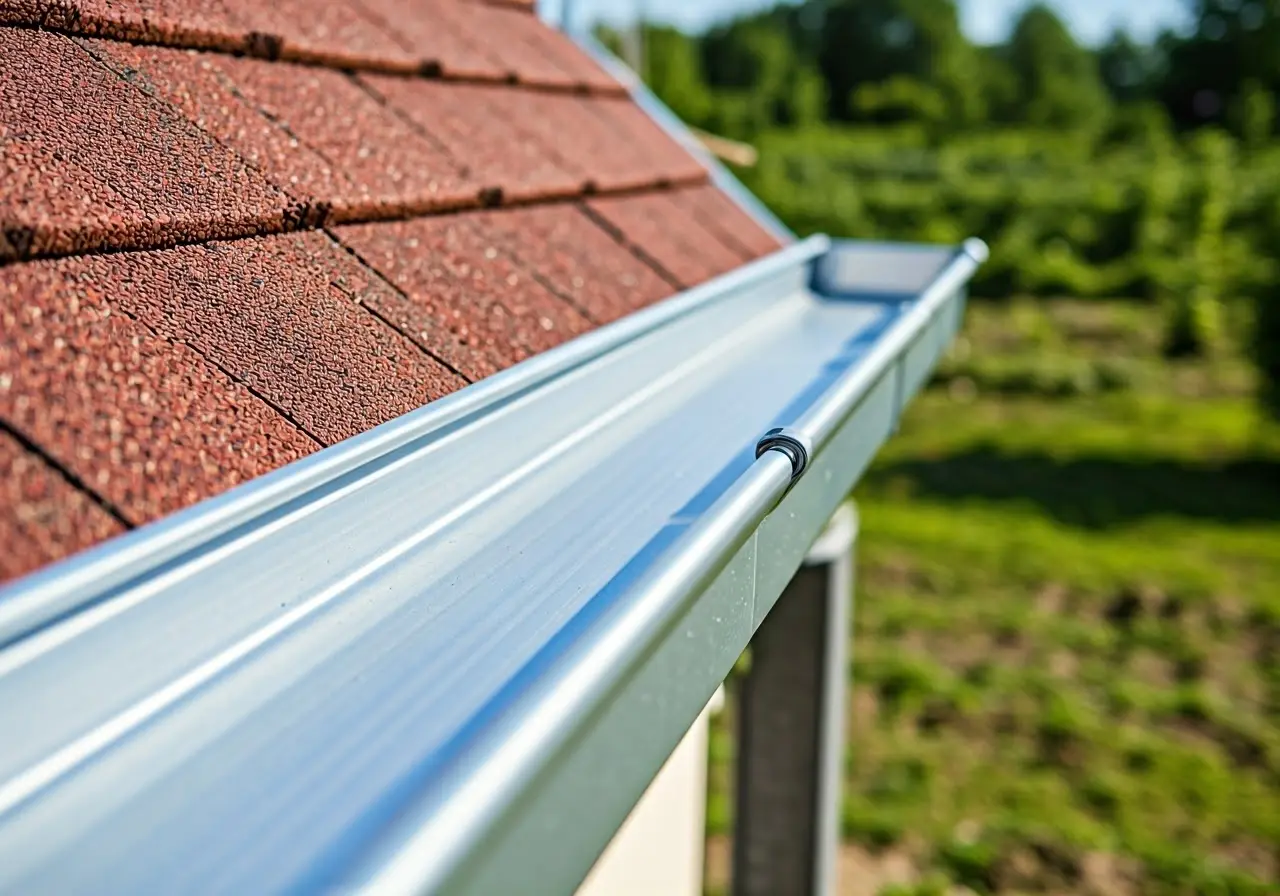Installing gutters might seem like a straightforward task, but there are several pitfalls that DIY enthusiasts and professionals alike can encounter. In this blog, we’ll explore some common errors to avoid during gutter installation to ensure a seamless setup that protects your home effectively.
1. Choosing the Wrong Gutter Size
Selecting the appropriate gutter size is crucial for proper water flow. Too small, and the gutter will likely overflow during heavy rains; too large, and it might not look aesthetically pleasing. Assess your local rainfall and roof size to make the right choice. This consideration is vital because choosing the wrong size can lead to issues that compromise your home’s protection. For more guidance, our blog is filled with insights to help make the right decision.
There are industry standards for gutter sizes that align with average local rainfall statistics. Ensure that your gutter system is neither under nor oversized. Consider consulting with a professional who can assess your home’s specific needs. Further, not only do the dimensions matter, but the style and material also play a significant role in performance. Going through expert recommendations or checking resources like Gutter Experts Lebanon can guide you.
2. Ignoring the Roof Pitch
The pitch of your roof impacts how quickly water reaches the gutters. Ignoring this factor can lead to poor water diversion and potential overflow. Ensure that the gutter installation accommodates your roof’s specific incline. Even a small miscalculation can lead to significant inefficiencies, resulting in water damage. By accommodating your unique roof pitch, you optimize the overall function of your gutter system. Read more about this consideration in our How Does the Weather in Dayton, Ohio Affect Roof Repair Needs? blog post.
3. Insufficient Slope for Water Flow
A gutter must have a slight slope to guide water towards the downspouts. Without this slope, water may pool and spill over the edges. Measure and plan this angle carefully during installation for efficient water drainage. The ideal slope is about a quarter inch for every 10 feet of gutter. This allows the rainwater to flow smoothly without causing stress on the structure.
Improper sloping is a common issue that DIY enthusiasts often overlook. Even seasoned professionals must ensure precision in this area to avoid long-term drainage problems. The consequences of ignoring slope include the emergence of mold growth, landscape erosion, and basement leakages, illustrating why it must not be overlooked. For more details on avoiding these issues, explore 7 Most Common DIY Gutter Installation Mistakes.
4. Incorrect Downspout Placement
Positioning your downspouts incorrectly can lead to water accumulation and system blockage. Downspouts should be placed strategically to ensure even water distribution away from the foundation of your home. Becoming familiar with strategic placement can prevent water damage and prolong the life of your gutter system.
Incorrect placement often results from ignoring key structural elements of the home or environment, like slopes that channel water towards a particular point. Ensure that downspouts discharge water at least 10 feet away from your house to protect your foundation effectively. Regularly check for signs of improper flow or blockage that might define a placement mistake. Our detailed guides at Origin Roofing and Exteriors can be a helpful resource.
5. Neglecting Gutter Maintenance Access
Allowing for easy maintenance is essential to a successful gutter system. Neglecting this aspect can make regular cleaning and repairs difficult, potentially leading to clogs and damage. Prioritize positioning for accessible cleaning, which will save time and effort during seasonal maintenance checks.
Design your installation with future maintenance in mind, perhaps considering gutter guards to mitigate debris buildup. These preventative measures can make all the difference in the longevity and efficiency of your gutters. Utilizing forward-thinking in your planning can extend the lifespan of your installation, as discussed in the Understanding the Benefits of Gutter Guards post.
6. Lack of Proper Sealing
Sealing joints and connections correctly prevents leaks in the gutter system. Skipping or using inadequate sealing materials can result in leaks that undermine the effectiveness of your gutters. Investing in quality sealants and ensuring each joint is tightly sealed is crucial.
Consider the climate impact when selecting your sealant. For example, regions with severe weather fluctuations might require a more robust sealant to withstand expansion and contraction. Regularly inspect joints for wear and reseal when necessary to avoid extensive repairs. As emphasized in Seamless Gutter Components, choosing the right material can prevent future headaches.
7. Overlooking Gutter Material Compatibility
Different climates and architectural styles require specific gutter materials. Selecting materials without considering your local environment and roof type can impact the durability and efficiency of your gutter system. For example, aluminum is a versatile choice, but it might not be suitable for areas with heavy snowfall.
Consider your property’s unique needs when selecting materials. While copper and steel may offer extra durability, their cost and weight should be balanced against your home’s specific requirements. Compatibility will not just maintain functionality—it also contributes to aesthetic cohesion. Explore material benefits in our exploration of seamless gutter systems.


